We live in a marvelous age, a time where technology is driving us forward as a species at a rapid pace, and tech-driven miracles are becoming more and more commonplace. While the human race may not be focused on building the largest wonders of the world, as it once was in history, the current order of wonders are much smaller in scale—even internal.
Medical technology has made leaps and bounds in recent history. Sensory disabilities such as sight and hearing have long been an unrepairable issue, but these fields have started to become far less of a mystery. With over 4 million suffering from a hearing disability in the United States, and about 7.5 million suffering from blindness, it may be encouraging news to think that we are at a stage in development where 4 out of 5 cases of blindness are preventable or curable, with the other fifth of those cases likely being curable in the near future.
Until the day when all issues with vision are curable, we still need solutions for those with these unfortunate disabilities. Enter this new video by YouTube user TheJavierDavalos, aka Javier Davalos, whose new HoloLens application uses spatial mapping, spatial understanding, and ray casting to produce sound for the user to hear when they are walking.
This application can be used by those with little or no sight, and provides the user with tones and volume based on the distance and angle of the surface to warn them of potential walls or hazards. A vertical surface such as a wall, and a horizontal surface like a floor, both produce completely different types of tones to tell the user roughly where they can walk. Combinations of sounds can allow the user to tell if they are walking toward stairs and can even count the stairs using those sounds.
By all appearances, Davalos, a game developer who worked on the popular MMORPG Rift, seems to have left the game industry to pursue HoloLens development, according to his LinkedIn profile.
Currently pursuing Hololens development since I believe the future is heading in that direction.
I would only have one point of concern with this system; Assuming neuroplasticity—the ability of the brain to form and reorganize synaptic connections, especially in response to learning or experience or following injury—is a real phenomenon, and someone with blindness is now using their ears to compensate for their loss of sight, could this solution not also blind them, in a sense?
Davalos says in the video that he is currently looking for someone that is blind to test the application on, so we'll see what happens soon. He also will be releasing this application to the store in the near future, so others with visual impairments will be able to test it out and see what they think.
What other disabilities do you think the HoloLens could help alleviate? Let us know in the comments below.
Just updated your iPhone? You'll find new features for Podcasts, News, Books, and TV, as well as important security improvements and fresh wallpapers. Find out what's new and changed on your iPhone with the iOS 17.5 update.
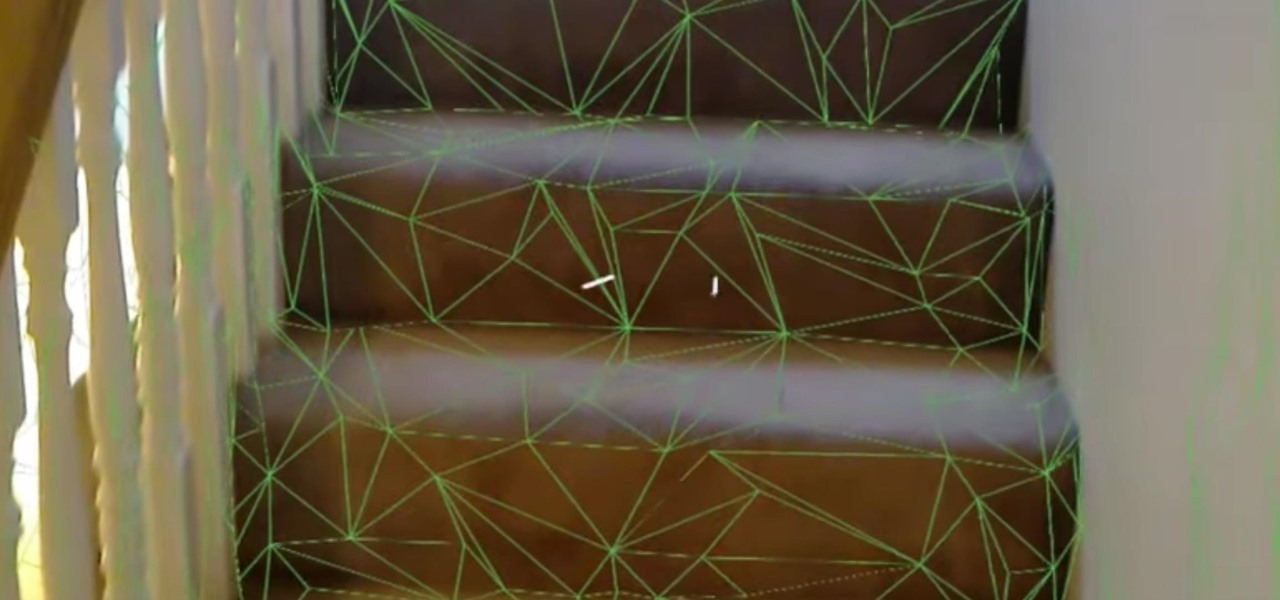







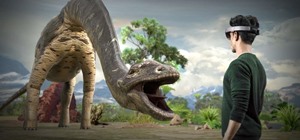



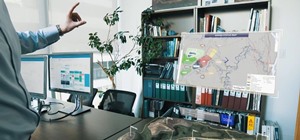
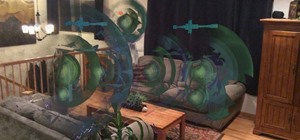
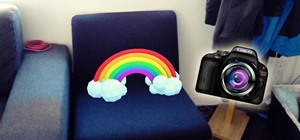
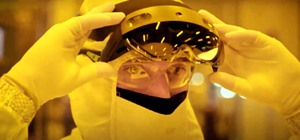
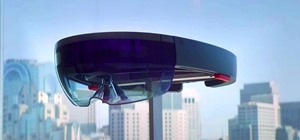
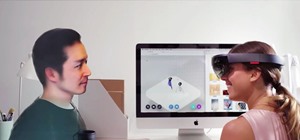
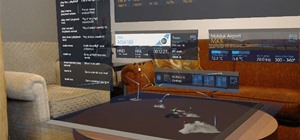
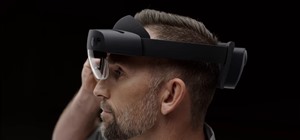
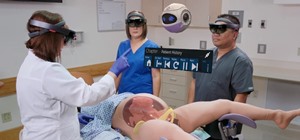
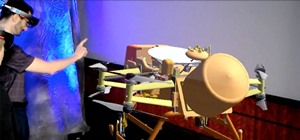

Be the First to Comment
Share Your Thoughts